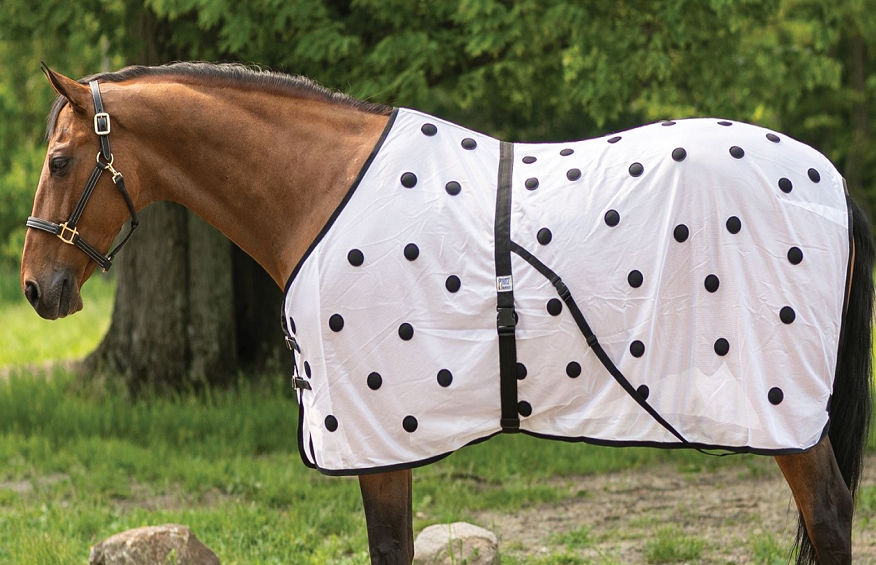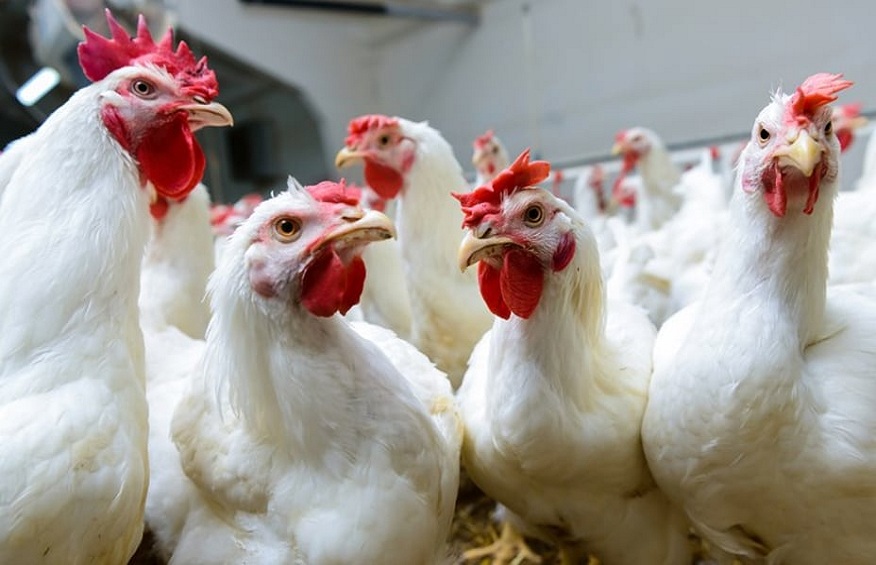Dogs have a relatively similar relationship to cold as humans. Indeed, some doggies will withstand the harshness of winter very well, to the point, for some, of taking pleasure in rolling in the snow and going out in the rain or in high winds, while others will suffer from full whip these climatic vagaries. Certain breeds of dogs are naturally more sensitive to the cold of winter, especially those without undercoat or with short hair, but this is also the case for puppies, old doggies and sick and weakened animals. For them, winter outings are a nightmare.
Is a dog coat really useful?
To protect them, there are coats available in dedicated stores. But is this accessory really useful? What is the dog’s relationship to the cold? In the event of a purchase, what criteria should be used to make the right choice? Let’s take a look at this case.
We humans tend to dress warmer when the outside temperature drops, but we react in different ways to the cold. Indeed, some of us will need to multiply the layers to avoid chattering teeth while others will be able to go out in shorts in winter! The same goes for our doggie friends. Our little companions feel the cold, but rather than wondering about the temperature from which this feeling is unpleasant to them, it is advisable to observe the behavior of each animal in order to know its resistance to the cold.
While some doggies are able to run and roll around in the snow without experiencing the cold, others struggle to resist the cooler winter winds. When a dog refuses to go out in cold weather, when he trembles or arches his back during his walk, it is because he is one of the animals that bears the full brunt of winter harshness.
You should know that some breeds of dogs are much more sensitive than others to the cold. This is particularly the case for naked doggies, without undercoat or with short hair. Let us mention the Boxer, the Chihuahua, the Dalmatian, the Dobermann, the Greyhound, the Greyhound, the Pinscher, the Dachshund or even the Whippet and the Yorkshire terrier, to name but a few. It should also be noted that a puppy, an old dog or a sick doggie are also more fragile in the face of the cold.
When a dog contracts, with its back rounded and its head bent towards the ground, it folds up in such a way as to suffer less from the effects of the cold. If he trembles, it is his muscles that contract in a natural survival reflex in order to produce heat, an automatism which is particularly important for small breeds, very sensitive to caloric loss. However, these tremors are very exhausting for the body of the doggie. If they continue and eventually stop, the animal’s body temperature is usually dropping, which is why you need to act quickly.
Is a coat useful?
Yes, dressing your dog in winter can be useful, provided of course that you equip a doggie who needs it. Animals that tolerate cold, snow, wind and frost very well do not need such equipment. Don’t see this as a ridiculous accessory, but rather an opportunity to protect your little companion and help him maintain his body temperature so as to reduce the effects of the cold.
Protecting your dog who needs it with a suitable coat is useful and makes the walk more pleasant for everyone, but above all it prevents heat loss in the doggie and weakens its immune system.
Of course, it should be emphasized that equipping your dog with a coat is only of interest if the animal needs it – that is to say, it feels the cold – and the coat is suitable. and efficient. It is not an ornamental garment, but a protective equipment.
What is the useful coat for his dog?
As you will have understood, it is not a question of equipping your doggie with a disguise, but of protecting it from the cold with a suitable, covering and protective coat. If your little companion reacts to the cold and seems to suffer from it, then it will be wise to invest in such equipment.
Nevertheless, an efficient model should be chosen. To preserve the dog and maintain its body heat, the coat must cover the most sensitive parts, i.e. those which house the vital functions, namely the trunk (belly, back and flanks) and the neck.
Ideally, a coat that also protects the pooch from the rain is recommended, as some dogs are sensitive to it, even if the outside temperature is reasonable. Indeed, a dog can quite catch a cold in case of cold or feeling of humidity!
On the other hand, do not cover your pooch when it is not necessary. The coat should not always accompany you on a walk. Reserve it for winter outings and when your little companion shows signs of cold. Indeed, if you cover him too much when he doesn’t need to, he risks being more sensitive to it and, conversely, falling ill more easily. Consequently, it is better to bring a coat that is easy to put on so that it can be put on more easily during the walk, as soon as he feels the need.
How to choose a coat for your dog?
There is a whole range of coats for doggies, but not all of them are suitable for your pet. To choose the right coat for your dog , here are the criteria that we advise you to take into account.
This is an essential criterion, because for your pet to agree to wear it and support it, it must feel comfortable in it. Your pooch must therefore be able to be protected while moving naturally, as if he were not wearing it.
A coat adapted to the size of the dog
Your dog’s coat should cover his belly, even slightly extending over his neck and hindquarters if necessary. It must be good there, which is why the animal must be well wrapped. The coat must be neither too loose (so that the cold does not interfere between the fabric and the skin) nor too tight (so that your animal is not hampered in its movements).
An easy to put on model
This may seem superfluous, but it is far from the case! So that the walk remains a pleasure, that the coat is used at the right time and to prevent it quickly ending up at the bottom of a closet, opt for a model that is easy to put on, that you can put on and take off for your dog at your convenience. as you please during your outings. It will be much more pleasant for you as for him.



